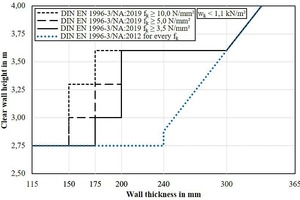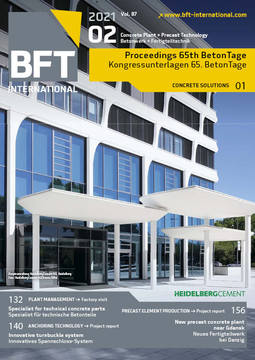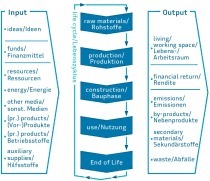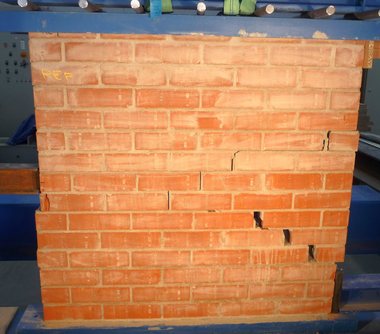Efficient design of lightweight concrete masonry based on the latest normative regulations
Normative design regulations for masonry are continuously further developed, both on a national and international level. Continuous revision leads to increasing extension of the application scope of lightweight concrete masonry and improves its economic efficiency and its ease of use.
The latest national adjustment of design standards for lightweight concrete masonry was introduced in December 2019. Within the simplified calculation methods, the update leads to a significant increase in the permissible height of masonry walls made of lightweight concrete units (s. Fig.). Additionally, the simplified calculation method was adjusted, taking into account partially supported slabs. Moreover, the German mortar groups were matched to the European mortar classes, which contributes to the international harmonization of standardization. On the basis of the latest normative regulations, user-friendly design aids have been developed, making the design of lightweight concrete masonry more timesaving and efficient.
In recent years intensive work has been done on improving the design concept of lightweight concrete masonry, not only on a national, but also on a European level. The result of this comprehensive revision will be introduced by new versions of the standards EN 1996-1-1 and EN 1996-3. The enhanced design regulations contain, among others, extended conditions for application of the simplified design methods, optimized design equations for masonry walls subjected to vertical and horizontal loads, a simplified calculation method for shear walls as well as updated equations for buckling. Steady progress in normative regulations ensures the competitiveness of lightweight concrete masonry and guarantees high efficiency in planning and application at the same time.








